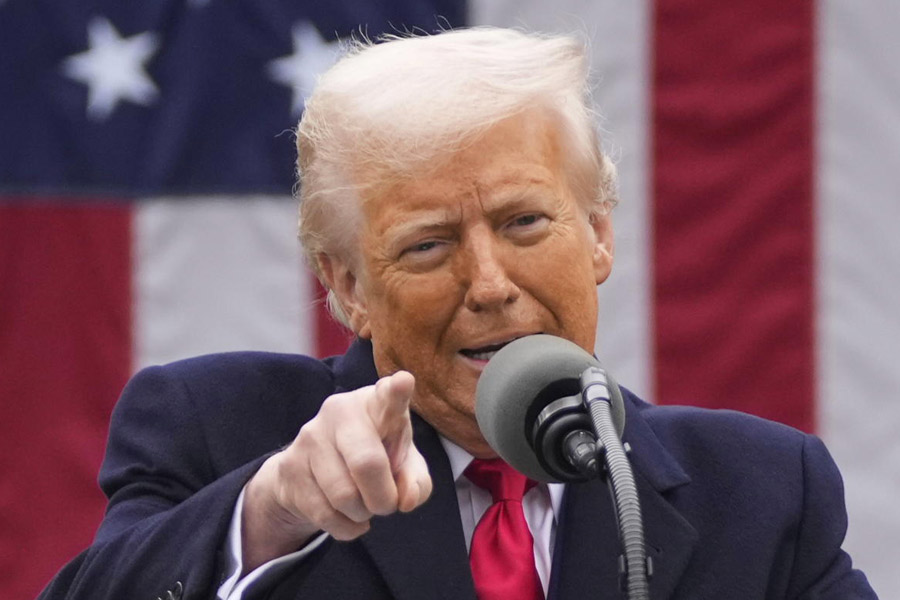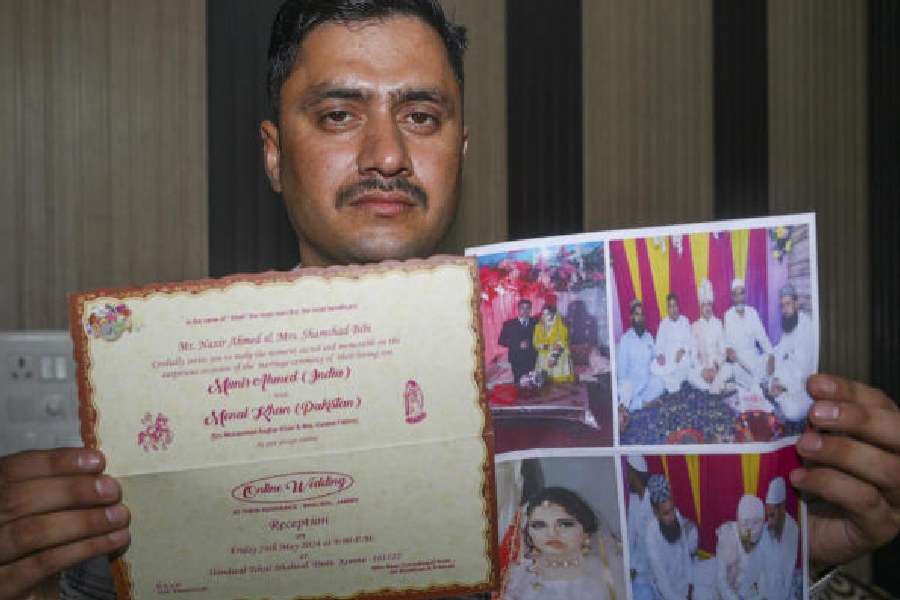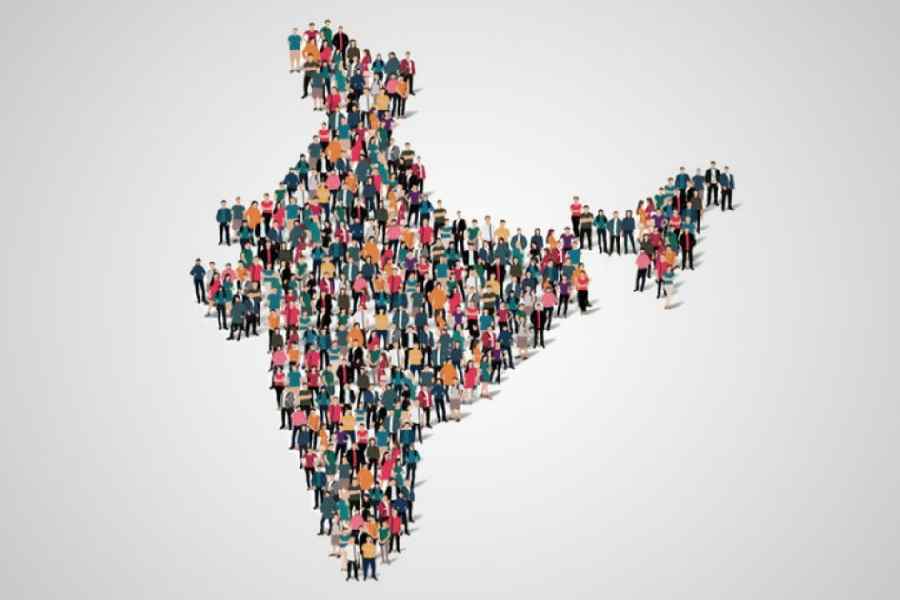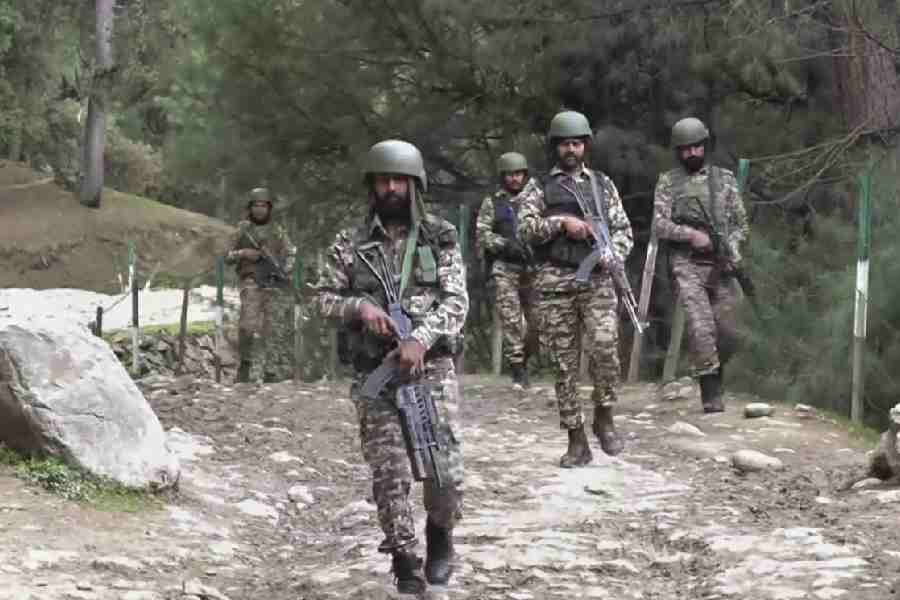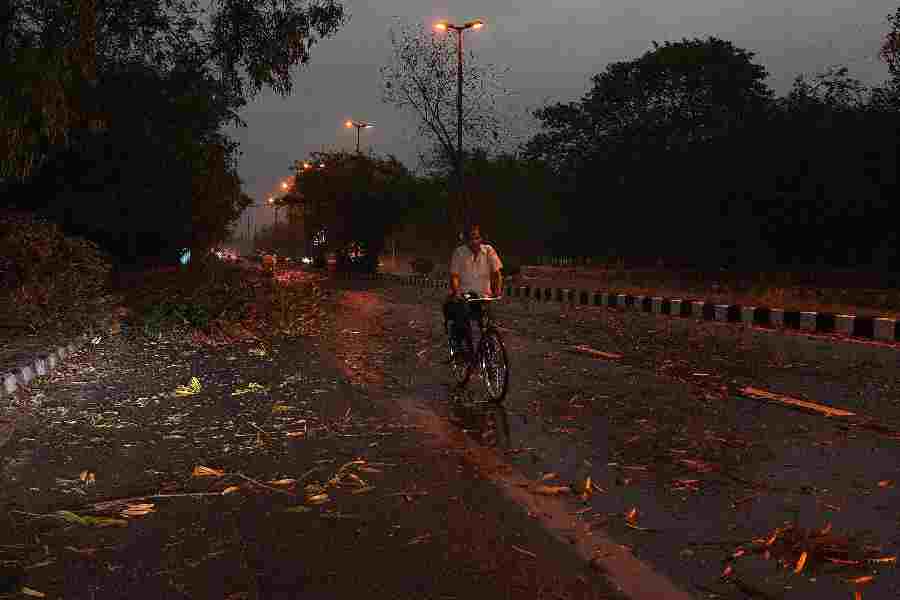|
|
My last column, reflecting on a recent journey through north-eastern India, provoked an interesting exchange with a young reader. I had written that “the Indian government has a responsibility to understand and respect the people who live on its peripheries; so do the citizens who live in states more keen to count themselves as part of India”. The reader felt that this was “delusional and condescending”. “We live in the present,” he said, “and at present the people in A[ssam] M[anipur] [and] N[agaland] don’t want to be part of India. They have a right to decide their own future. Let’s start from there.”
The abbreviation “AMN” referred to Assam, Manipur and Nagaland, three states the reader had clubbed together as — in his view — united by a common desire for independence from India. I answered the email by noting that I was a Tamil, and that, through the Fifties and Sixties, many Tamils did not want to be part of India, either. In fact, it was only as late as 1963 that the Dravida Munnetra Kazhagam had dropped its demand for a separate nation, and chosen to struggle instead for greater autonomy within the Indian Union. My own view was that while “we [Tamils] were wise to have dropped the secessionist demand, the government was wiser to stop imposing Hindi on us”. Then I added, “Fighting for independence for the Assamese or the Nagas will lead to decades more of bloodshed — all will be losers. The dream will become a bloody fantasy.”
The correspondent was unmoved. As he replied, “Seems like you (I don’t mean you personally) are threatening the people of Assam, Manipur and Nagaland with violence unless they accept foreign dominion. The people of AMN have a right to demand their own future. The blood is on the Indians’ hands. Not just on the hands of the Indians that are doing the killing, but the Indian politicians that are making it happen and most importantly on the hands of the Indians that elect those politicians and allow them to continue killing. As I understand, your position is: If the people of AMN aspire to decide their own future, Indians are going to respond by bloodshed. So, the people of AMN should just accept their fate and live under foreign rule the best they can. This response from the Indians does not seem very civilized, and we are supposed to just get along with them?”
To this I answered, “In this sorry story no one’s hands are clean — there is blood on the hands of the Indian State, and on the hands of the Naga and Manipuri and Assamese insurgents. Unless we start from this admission, that no one’s hands are clean (and don’t tell me the Ulfa and NSCN only engage in ‘reactive’ violence), we will only, in our self-righteousness, condemn our own people to more years of violence and misery.” I asked my correspondent to “also consider again what I said about the Tamils — they once wanted independence too. Assam and Nagaland, with its highly educated people and less inegalitarian society, will HUGELY benefit if peace comes to their states. The primary responsibility for bringing this about rests with the Indian State, of course; but the young men of the region must also play their part, which means, think of the future of their own people, rather than of ideological purity.”
The young man complained, “You are avoiding a simple question I asked. We live in the present, and if the people of Assam, Manipur and Nagaland want to decide their own future, then do you think India indulging in bloodletting is justified?” He saw “no reason why we the people in Assam, Manipur and Nagaland would not be better off if we are to control our own destiny. The only problem that needs to be solved is that the Indians are squatting on our land, and threatening to cause bloodshed when we ask them to leave us and let us be.” He believed that the “only relevant question for us from Assam, Manipur and Nagaland is what do we do about a violent squatter threatening to kill us now or maybe slowly in the not too distant future….”
My reply, this time, was to focus on some very relevant facts that seemed to have escaped the young man’s attention. These were:
1. No new nation has been created by armed struggle for the past several decades.
2. The Indian Constitution allows for full autonomy to its member states, whose inhabitants can speak their own language, practise their own faith, and in some cases even frame their own laws.
3. The Indian economy is growing, and the people of these states can benefit from this. A single company in Bangalore had recently recruited 1,500 individuals from the Northeast because of their facility with English and their general intelligence. This was good for that company, good for those particular individuals, and good for Bangalore. At the same time, it was a tragic commentary on the situation in the Northeast. Would it not be much better, I asked, if these very gifted people could live and work in their own states, and nurture their own economies thereby? If they are forced to migrate hundreds of miles south, it is because the Indian government and the insurgents both have a vested interest in continuing the civil conflicts in the region. But if peace were to come, these states too could flourish like Tamil Nadu, which had once fantasized about independence, but in the end done quite well by remaining within the Indian Union.
4. The young man presumed to speak for the people of three states (hence his composite abbreviation, “AMN”). But it was well known that the Bodos were unhappy with the Ahoms, the Meiteis with the Thangkuls, the Ao Nagas with the Angamis. The Bodos much preferred the Government of India to Ulfa. The Thangkuls hate the Meiteis far more than they hate the government of India. The Nagas, on the whole, have long spoken with feeling of “Assamese domination”. These cleavages were intensified in times of armed conflict and naturally exploited by the ruling powers. Why not then lay down arms, work within the democratic process, reconcile the contending groups, and bring prosperity to the states and the region?
5. By the terms of the Indian Independence Act of 1947, Assam, Nagaland and Manipur are wholly part of India. By the canons of international law, they have no claims to ‘independence’ from India. (Kashmir is more complicated — here Pakistan’s claim is as strong as India’s.) The only way that dream can be achieved is through a successful armed struggle. But while Ulfa, NSCN, etc. can harass and trouble the Indian army, they can never defeat it. The battle between the two sides had resulted in an enormous amount of suffering. Was it not time to find a way out of this bloody mess?
Rather than address these questions, the young man replied briefly that he saw no point in any further discussion with an Indian bent on domination and suppression. That he had no answers distressed me, for it suggested that perhaps ideological purity did matter more to him than the future of his own people. One must hope that this is not a more general condition among separatist radicals in the Northeast. For “AMN” is not Kashmir. These states have no legal case for separation from India.
For the troubles in Assam, Nagaland, and Manipur to end, the government of India needs to be more empathetic and less corrupt, while the citizens of the Indian heartland need to be more engaged and less supercilious. But even if that were to happen, peace will not come if the angry young men persist with the fantasy of independence. To believe that the current insurgencies will lead to new nation-states is to condemn the region to many more years of bloodshed and violence.



